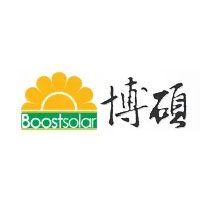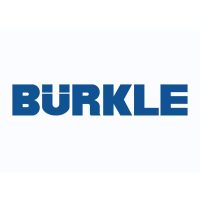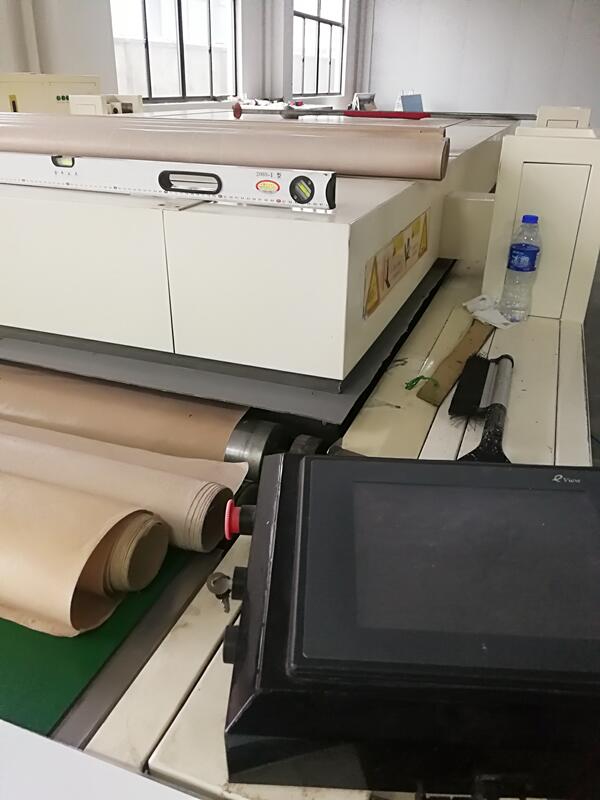Silicone Membrane Sheet For Solar PV Modules Lamination
- Reinforced with high-strength aramid fabric insert
- Prolonged machine runtime through enhanced durability
- Crucial components in the solar panel manufacturing process
- Dual layers of silicone extremely resistant to EVA film outgassing
- Silicone rubber sheets for solar panel laminators with over 4,000 lifecycles
On this page, I’d like to explore further the S2 generation silicone rubber sheet designed for the solar panel industry.
Solar Silicone Membrane Sheet - S2
In the lamination process of solar panel production, the workers encapsulate all components with ethylene-vinyl acetate (EVA) adhesive film to ensure that module layers remain secure. That will cause high heat to melt the EVA films (typically 145-155°C). That’s why those solar module makers need our flexible, resilient, and durable silicone membrane sheets specially designed for use in solar laminators to provide compression on the photovoltaic panels in repeated cycle life.

Product Description
The S2 Gen is our original & most popular silicone rubber sheet quality – combining hi-elongation, good life cycle performance under controlled environments and very competitive pricing. It is an irreplaceable element applied for the lamination process of solar PV panels and is available with both sides smooth or single-sided fabric impression surface finish.
- Thickness 4 mm
- Width max up to 3800mm
- Length can be customized
- Seamless (no weak point)
- Made of 100% silicone rubber
- Lifecycle performance over 4,000
- Good eva resistant ability and acid resistantance
- High temperature aramid fabric inserted in the middle
- Bond of the two layers cannot be separated mechanically
- Durability results in longer machine running times and thus shorter set-up times
Technical Data Sheet
| Model No. | Silicone Membrane Sheet (S2) |
|---|---|
| Material | Silicone/Silicone |
| Color | Gray/Gray |
| Surface Finish | Smooth/Smooth or Smooth/Textured |
| Reinforcing Layer | 1 Ply Premium Grade Aramid Fabric |
| Hardness | 70+/-2 Shore A |
| Density | 1.25 ± 0.05g/cm3 |
| Tensile Strength | 12.5MPa |
| Tear Strength | 48N/mm |
| Temperature Resistance | 250°C / 482°F |
| Elongation | 600% |
| Compression Set | 2% |
| Resilience | 30% |
Structure
The S2 gray silicone diaphragm is our well-proven standard product. Look at the right image to get a clear view of its structure.
- Layer 1 - Grey Silicone Backing Material
- Layer 2 - 1 Ply premium aramid fabric reinforcement
- Layer 3 - Grey Silicone Backing Material
Deer Hunter’s grey solar membranes are well-known throughout the industry for their consistency and durability. With high tear and temperature resistance, these diaphragms are used worldwide on various solar module laminators.
How to Order Silicone Rubber Sheet for Solar Panel Laminator
Lovely . From Our Esteemed Customers




Solar Membranes FAQs
Are you wondering if silicone rubber membrane is the right choice for your project? Our team is available to answer any questions you may have before submitting an official inquiry. We’ve compiled a list of the most common Frequently Asked Questions on the right to help you to make your own decision.
Can’t find the answer? Reach out to our customer support team.

1. Is your silicone diaphragm with or without a splice?
2. Is the membrane’s surface finish smooth/smooth or smooth/textured?
3. What can we do to extend the life of our sheet?
4. What's the best silicone rubber sheet for solar module laminator?
5. How long should a silicone rubber membrane last?
6. What is your standard package?
7. Does color have any impact on membrane performance?
8. What is EVA outgassing?
9. Except silicone membrane, do you have other product name?
Silicone Membranes For The Solar Industry
Deer Hunter – Asia’s leading manufacturer for special silicone rubber membranes for solar PV panels encapsulation in the renewable energy market. We can choose from a variety of laminator brands and types. Depending on the solar module production line requirements, our silicone membranes are specially designed to fit many brands of solar panel laminators like Spire, Burkle, NPC, Meier, 2BG, Ecoprogetti, 3S, Komax, Electro Solar, Spaleck-Stevens, Nisshinbo, P-Energy, Mondragon, Boostsolar, Orient, ZST, etc.






At last, you might be also interested in the other two types of solar silicone membranes from us.

The S5 Generation
Silicone Rubber Membrane For Solar Modules Encapsulation

The S5+ Generation
Silicone Rubber Sheet For Solar PV Panels Laminating Machine
- Actually, S5 is replacing S5+. Most customers prefer the S5 better. Nomally, we have stopped the production for S5+.
Become A Partner
We are well prepared to work with you tegether!
No matter who you are and what you do, a wholesaler, distributor or end-user, we are always looking out for new partnership chances. Submit an application today and our sales team will get back to you as soon as possible within 24 hours and help you select the right silicone sheet you want.
- fullchance100
- 0086 13823789007
- export@cndeerhunter.com




